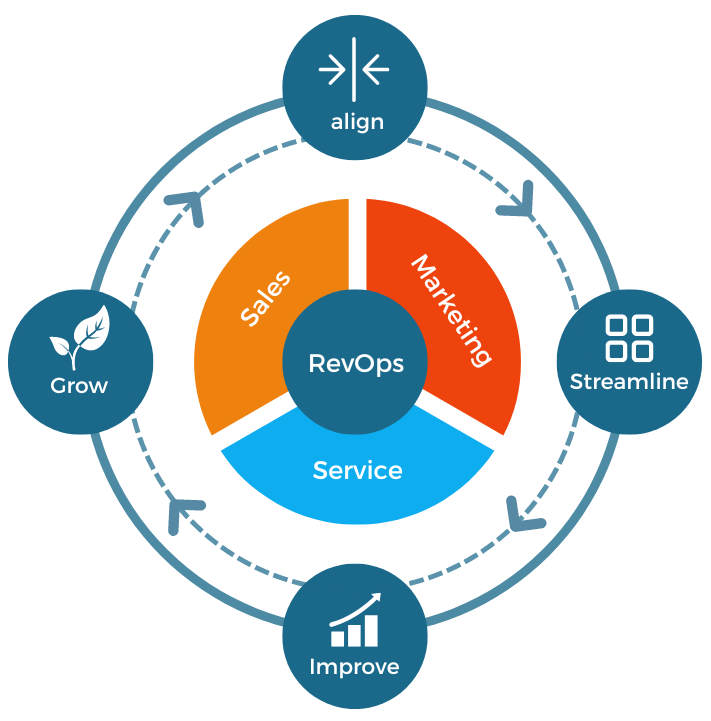The Ultimate Guide to Retirement Financial Planning
The Ultimate Guide to Retirement Financial Planning tetirement isn’t the end of the road—it’s the beginning of a new chapter. To enjoy this phase fully, being financially prepared is paramount. Retirement financial planning is not just about saving money; it’s about crafting a strategy that sustains your lifestyle, secures your health, and supports your aspirations after you stop working.

1. Define Your Retirement Goals
Start with a vision. What does your ideal retirement look like? Some dream of traveling the world, others of a quiet life surrounded by family. Knowing this will help you determine how much you need to save and what financial tools you’ll use.
- Estimate your retirement age.
- Identify where you want to live.
- Think about lifestyle activities (travel, hobbies, education).
- Consider healthcare and longevity in your planning.
2. Assess Current Financial Standing
Before planning forward, evaluate where you are now. Make a thorough inventory:
- Monthly income
- Fixed and variable expenses
- Assets and liabilities
- Investment portfolios
Knowing your financial baseline is key to designing an achievable retirement financial planning strategy.
3. Calculate Retirement Needs
Use realistic assumptions:
- Retirement might span 20–30 years.
- Inflation will reduce your money’s purchasing power.
- Healthcare costs will rise with age.
Use retirement calculators or consult a financial advisor to estimate the amount you’ll need. As a rule of thumb, aim to replace 70–80% of your pre-retirement income annually.
4. Maximize Retirement Accounts
Take full advantage of retirement-specific savings accounts:
401(k) and Roth 401(k)
- Employer-sponsored, with potential matching contributions.
- Traditional 401(k): pre-tax contributions.
- Roth 401(k): after-tax contributions, tax-free withdrawals.
IRA and Roth IRA
- Individual Retirement Accounts ideal for additional savings.
- Roth IRA offers tax-free growth and withdrawals.
Retirement financial planning thrives on compounding interest—the earlier you start, the more you benefit.
5. Diversify Your Investments
Avoid putting all your eggs in one basket. As retirement approaches, consider shifting to less volatile investments:
- Equities for growth in early stages.
- Bonds and annuities for stability in later stages.
- Real estate for passive income.
Diversification helps weather market fluctuations and secures long-term returns.
6. Monitor and Adjust Regularly
Financial plans are not static. Review your plan at least once a year:
- Adjust for market performance.
- Rebalance your portfolio.
- Update based on life changes (marriage, health, inheritance).
Being proactive ensures your retirement financial planning adapts to real-world conditions.
7. Create an Emergency Fund
Set aside 6–12 months’ worth of expenses in a liquid, easily accessible account. This safety net prevents you from dipping into retirement funds prematurely.
8. Plan for Healthcare and Insurance
Healthcare can become your largest retirement expense. Include the following in your plan:
- Medicare (start at age 65)
- Long-term care insurance
- Health Savings Account (HSA)
Early and strategic inclusion of health-related expenses is a cornerstone of solid retirement financial planning.
9. Eliminate Debt Before Retiring
Aim to enter retirement debt-free. Focus on paying off:
- Mortgages
- Credit cards
- Auto loans
Debt-free living enhances your financial security and mental peace during retirement.
10. Estate and Legacy Planning
Beyond your retirement, plan how your wealth will be transferred. Ensure you have:
- A legally binding will
- Power of attorney
- Healthcare proxy
- Trusts, if applicable
Proper estate planning ensures your assets are distributed according to your wishes.
11. Consider Partial Retirement or Side Gigs
Not ready to stop working completely? Explore:
- Consulting roles
- Freelance opportunities
- Turning hobbies into businesses
This strategy provides financial flexibility and emotional satisfaction.
12. Beware of Inflation and Taxes
Inflation erodes value over time, and taxes can shrink your retirement nest egg. Factor both into your long-term projections:
- Use tax-efficient withdrawal strategies.
- Consider Roth conversions.
- Index your income needs to inflation.
13. Use Professional Guidance Wisely
Engage with a Certified Financial Planner (CFP) or fiduciary financial advisor. They can help navigate complex decisions and tailor a retirement financial planning blueprint that aligns with your values and goals.
14. Think Global
Don’t limit your retirement options to one country. Some retirees consider retiring abroad:
- Lower cost of living
- Access to international healthcare
- Enriched cultural experiences
However, research tax implications, residency requirements, and healthcare systems thoroughly.
15. Maintain Financial Discipline
The most brilliant plan fails without consistent execution. Commit to:
- Saving regularly
- Avoiding emotional investment decisions
- Living within or below your means
Consistency is the unsung hero of every successful retirement financial planning journey.
Retirement is not just a financial event—it’s a lifestyle transformation. With intentional and informed retirement financial planning, you can transition into your golden years with grace, stability, and joy. Start now, stay flexible, and keep your eyes on the long game. The future you’ve always imagined is within reach.

.jpeg?width=682&height=455&name=AdobeStock_295048993%20(1).jpeg)



